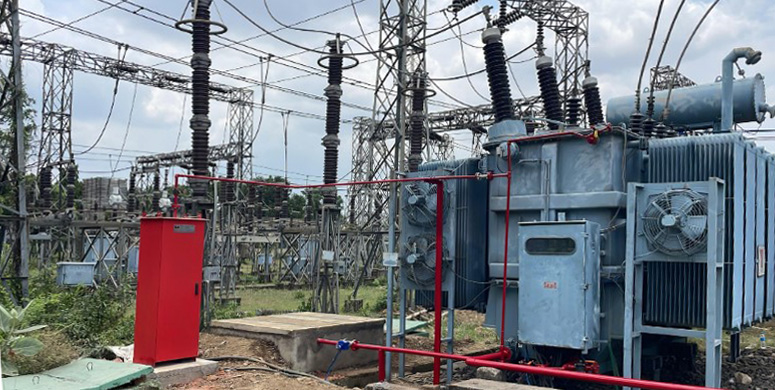Core Balance CT or Core Balance Current Transformer (CBCT)
We also refer to the Core Balance Current Transformer or Core Balance CT (CBCT) as Working Principle of Core Balance CT (CBCT) A Core Balance Current Transformer (CBCT) is a special type of current transformer. Specifically, it works on the principle of imbalance detection. It monitors the imbalance current of a three-phase cable system. When … Read more


